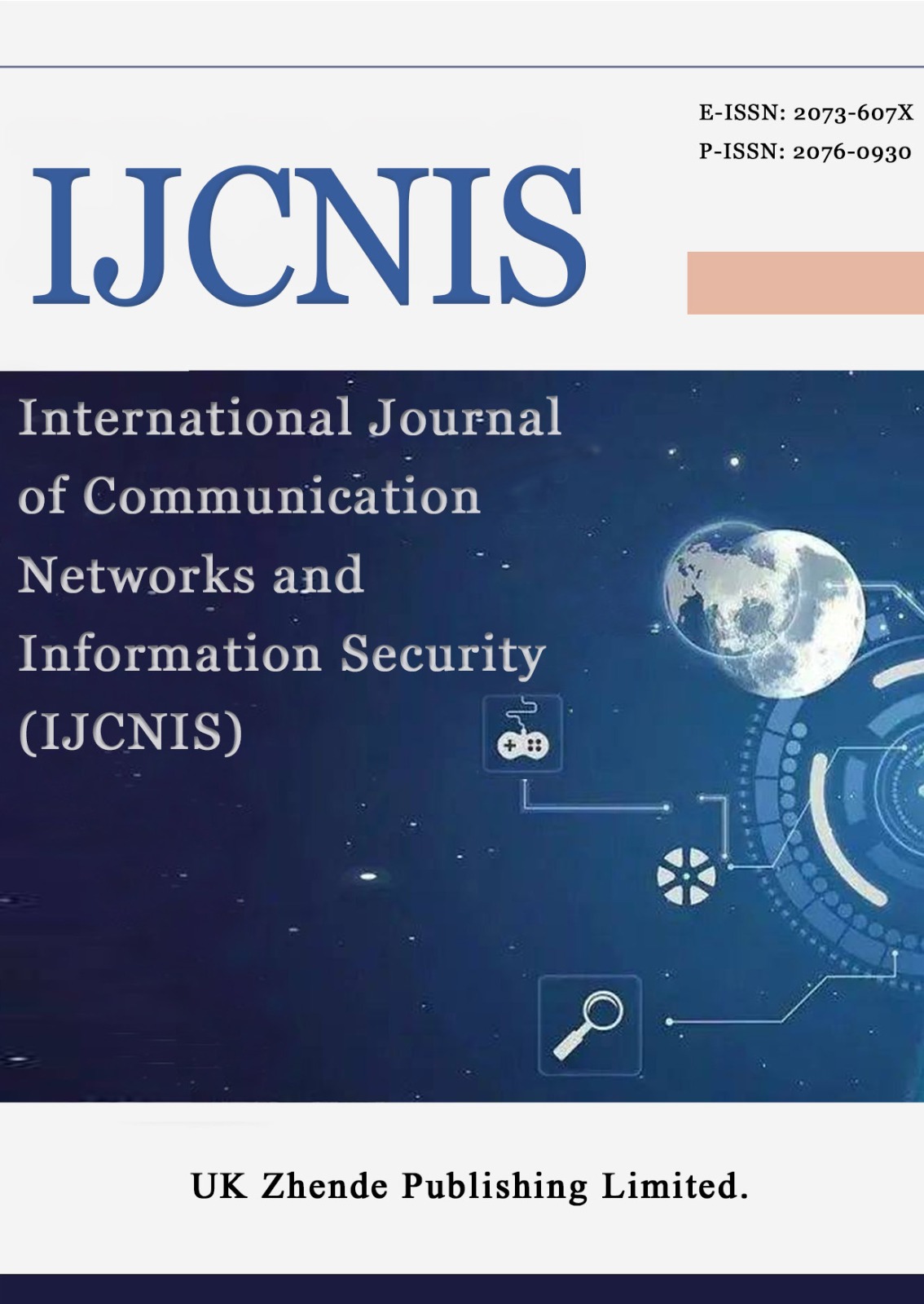A Fuzzy-based Mobility Prediction in the IEEE 802.16e
DOI:
https://doi.org/10.17762/ijcnis.v1i1.3Abstract
Intersystem mobility having no awkward transitions orindications of disparity, roaming across wireless access networks isone of the main features of Mobile WiMAX. In this paper, wepropose a mobility prediction method based on fuzzy logic controland an algorithm similar to the fuzzy c- mean partitioning to predictthe movement patterns and handover times by measuring mobileusers’ velocity and monitoring the received signal strength of theserving base stations and target base stations simultaneously. Withthe help of the prediction, reserving the required amount ofresources for the upcoming handover event at the target base stationcan occur before handover initiation and execution. This wouldgrant mobile users of high priority connections (e.g., UGS basedVoIP connection) accessibility to the target base station with noconnection termination at various loading situations. The viabilityand efficiency of the method is demonstrated through experimentsconducted with system parameters and propagation model definedby WiMAX Forum. This is to show that the prediction of the futurehandover times based on predicted received signal strength trend isaccurate to maintain the promised QoS level and to reduce the totalhandover delays caused by layer-3 handover initiation. This allowsLayer-3 handover initiation to occur before Layer-2 initiation.Downloads
Published
2009-03-04
How to Cite
Aisha-Hassan A. Hashim, M. K. A.-K. and. (2009). A Fuzzy-based Mobility Prediction in the IEEE 802.16e. International Journal of Communication Networks and Information Security (IJCNIS), 1(1). https://doi.org/10.17762/ijcnis.v1i1.3
Issue
Section
Research Articles





